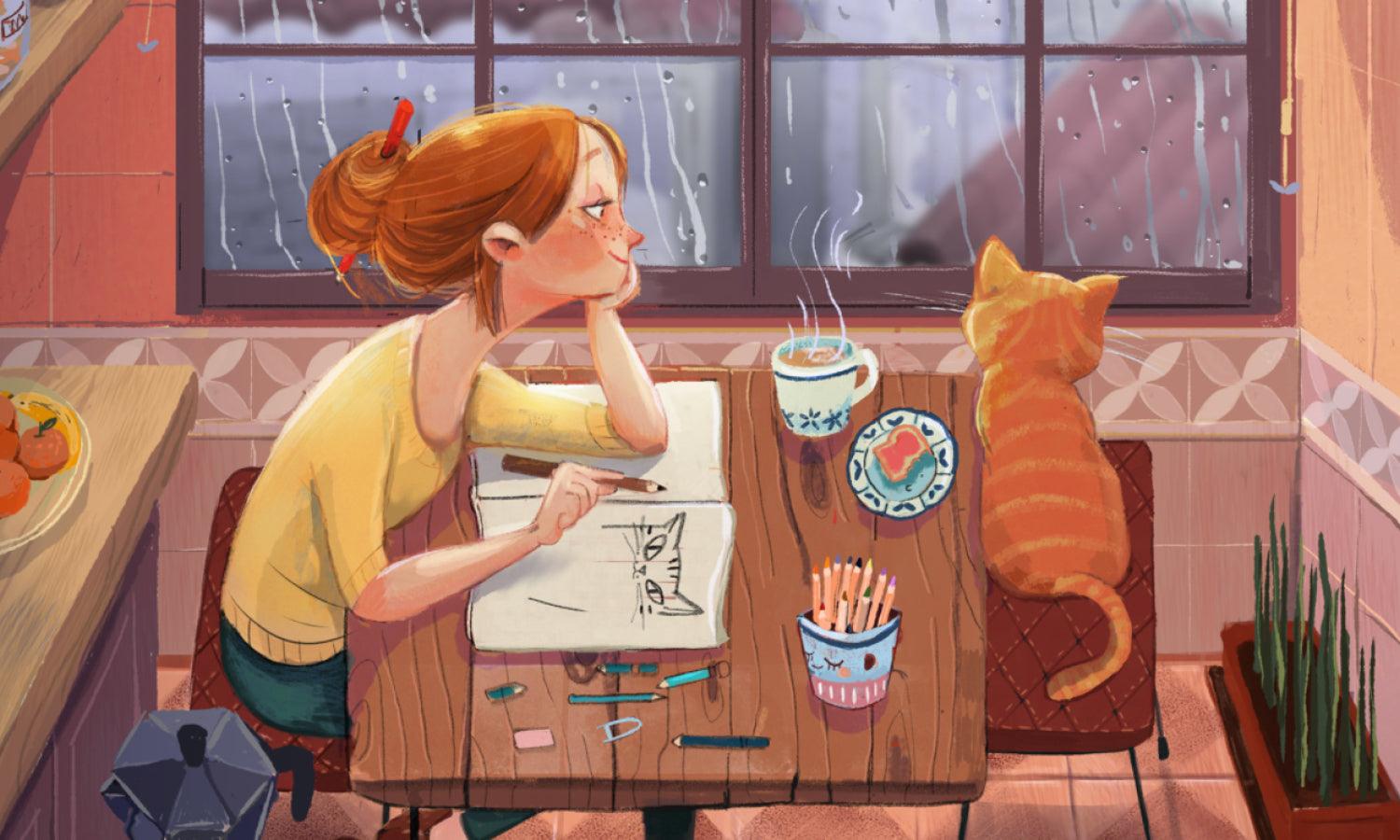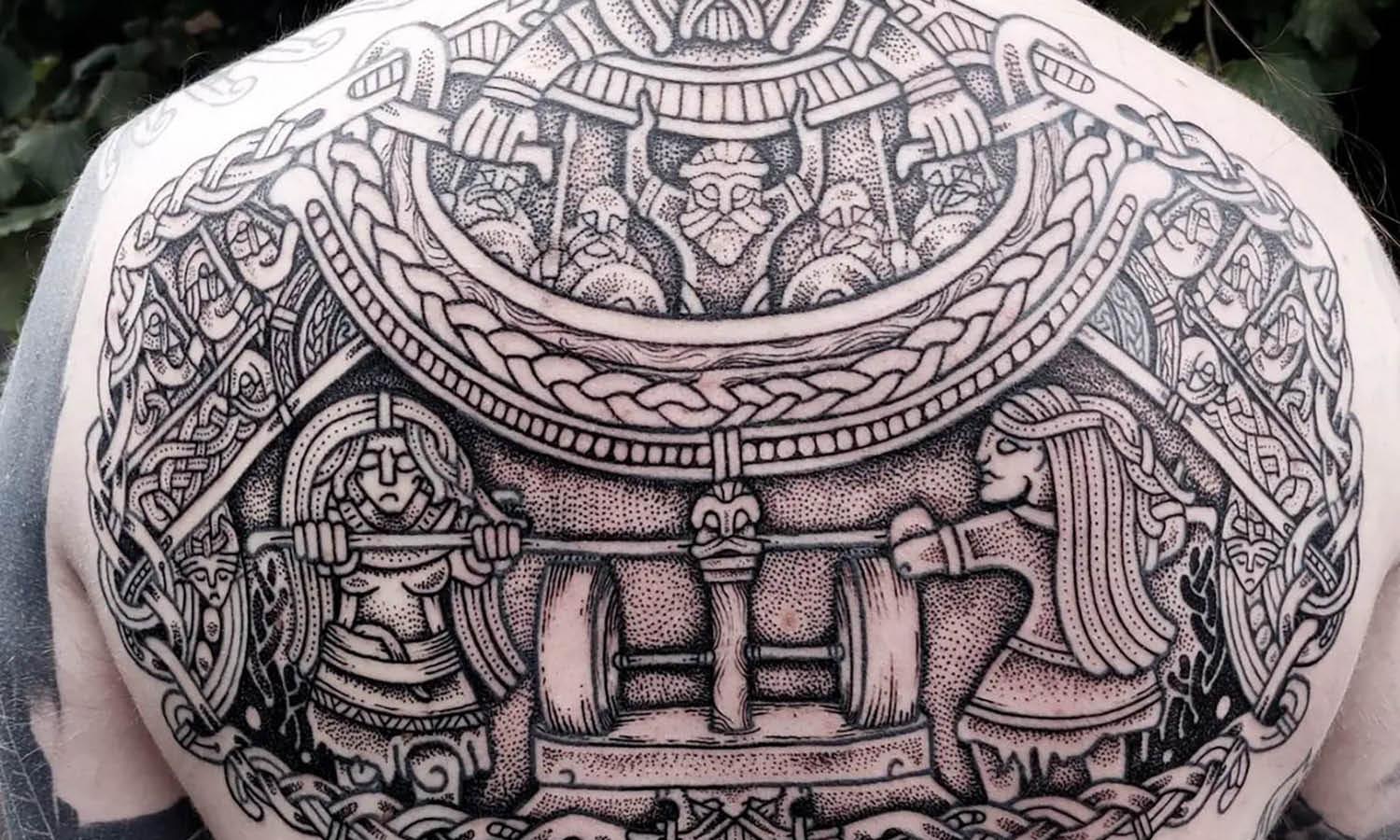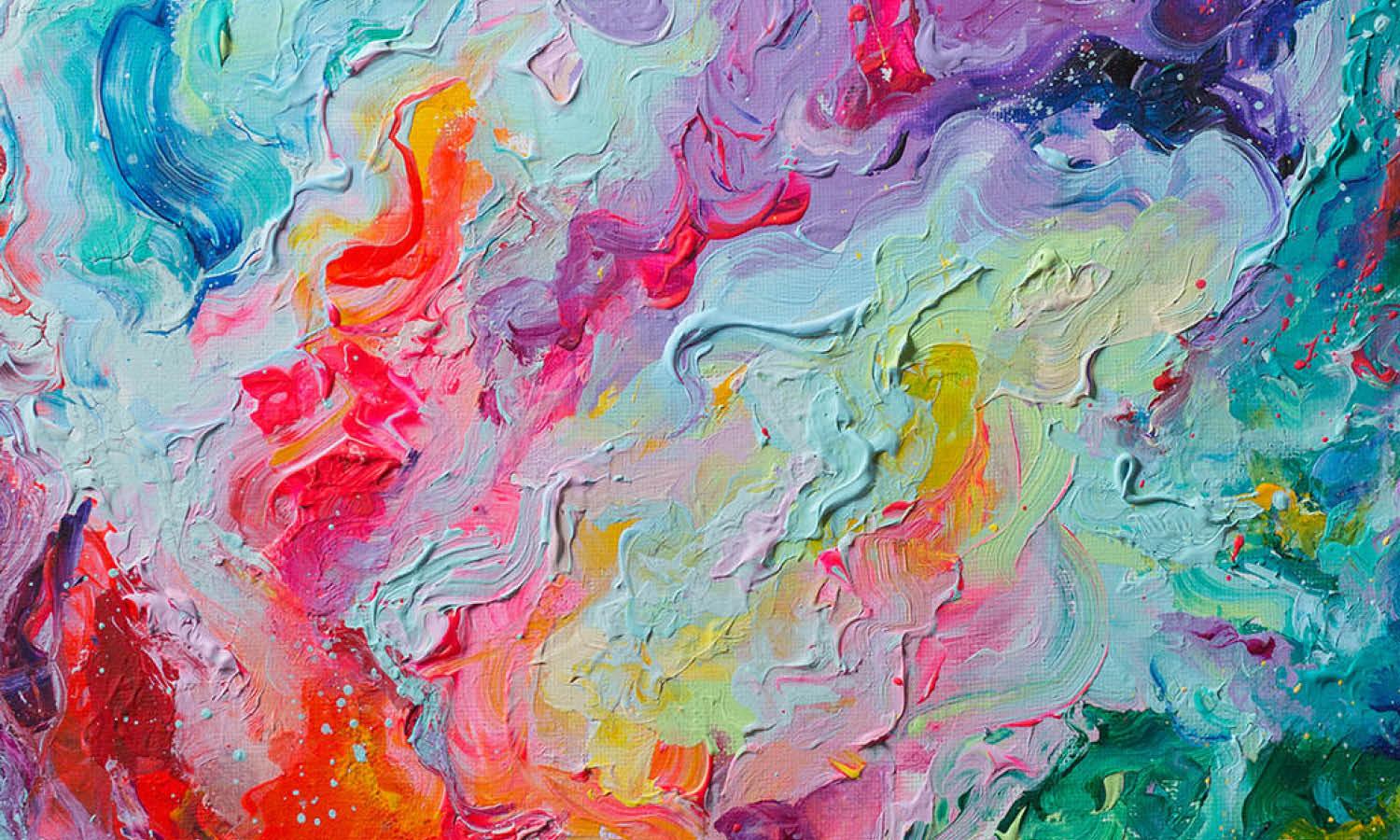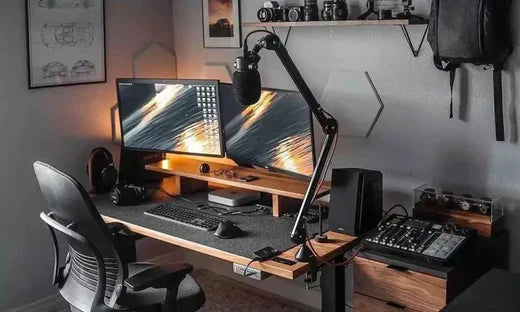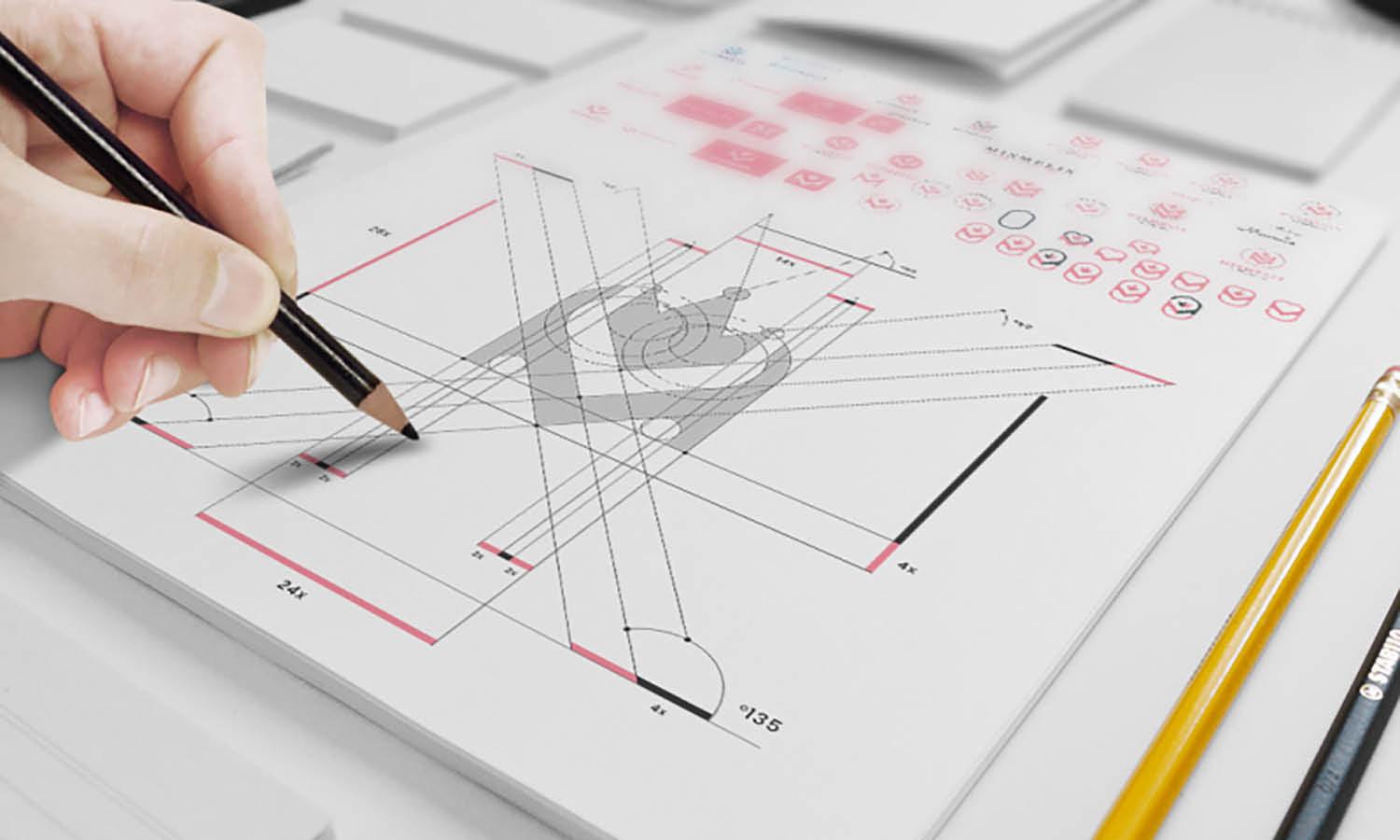5 Safety Steps for Pet Photography Sessions

When a camera enters the world of pets, the session rarely goes as planned. Furry personalities, nervous energy, and unexpected movement keep everyone guessing.
Photographers who work with animals know, a simple flash can trigger panic. A strange sound, or even a misplaced lens cap, can shift the mood in an instant.
Pet owners trust you to keep things calm and safe. They want happy faces, not frazzled fur. Practical steps, honest prep, and clear boundaries protect everyone. Want sessions that stay fun and safe? Read on.
Preparing Clients with Pre-Session Questionnaires
Before a session starts, clear communication makes all the difference. Asking pet owners about medical needs, behavioral quirks, and favorite treats helps avoid surprises. Some pets react poorly to certain noises or unfamiliar people, so these details are important.
Send out a short questionnaire before meeting. Simple questions, such as “Is your pet nervous around new people?” or “Are there allergies or medical concerns?” set the stage for a safer shoot.
Photographers who listen upfront create a calmer, more predictable session. And everyone walks away with better results.
Documenting Incidents and Unexpected Behavior
Unexpected events sometimes happen, even in well-planned sessions. Keeping a written record of bites, scratches, or any sign of distress helps everyone stay accountable. Simple notes with times, actions, and witness names can protect you later.
Getting input from experts like DM Injury Law, a firm of experienced dog bite lawyers in St. Louis, helps you to know what details matter most. Quick photos or video clips also support your records if needed.
Preparedness ensures that one incident does not end a career or damage trust with clients.
Spotting Signs of Stress in Animals on Set
Animals exhibit stress in ways that people might overlook. Watch for signs such as yawning, lip-licking, pinned ears, or tucked tails. Sometimes, pets freeze or try to hide. Quick panting or sudden barking often signals discomfort.
Take regular breaks when these signs appear. Move slowly and keep your voice soft. Owners may not notice subtle changes, so photographers should pay close attention.
Staying alert to these cues prevents accidents and keeps sessions positive. A calm pet usually means better photos and a smoother day for everyone on set. And with 66% of households owning a pet, there’s a large market for you to serve.
Assigning Clear Roles for Handlers and Assistants
Each person on set needs a defined job. The owner’s main role is to reassure and manage their pet. Handlers can help guide poses or offer treats, so the photographer can focus on the shot.
Extra hands make a big difference, especially with excitable or large animals. Discuss roles before the session begins, so there’s no confusion in the moment.
Clear communication stops mistakes before they start. Everyone knows when to step in or hold back. This teamwork creates a safer space where both pets and people feel more at ease.
Choosing and Placing Gear to Prevent Pet Startles
Camera bags, tripods, and light stands often look odd to pets. Sudden movements, beeping noises, or flashing lights can spook even calm animals. Before shooting, allow pets to sniff and explore the equipment.
Avoid placing gear near exits or hiding spots, where a startled pet might bolt or wedge themselves. Keep cords taped down and flashes off until everyone feels settled.
Silent shutter modes and soft reflectors work well for anxious animals. A thoughtful setup helps keep pets comfortable, allowing them to pose naturally and confidently for every shot. If you’ve got the right skills in place, going the extra mile makes sense.
Final Thoughts
Keeping pet photography sessions safe involves planning, observation, and teamwork. Each small step prevents bigger problems down the road.
A thoughtful workflow builds trust with both pets and owners. That trust makes every session smoother, and the final photos brighter.


